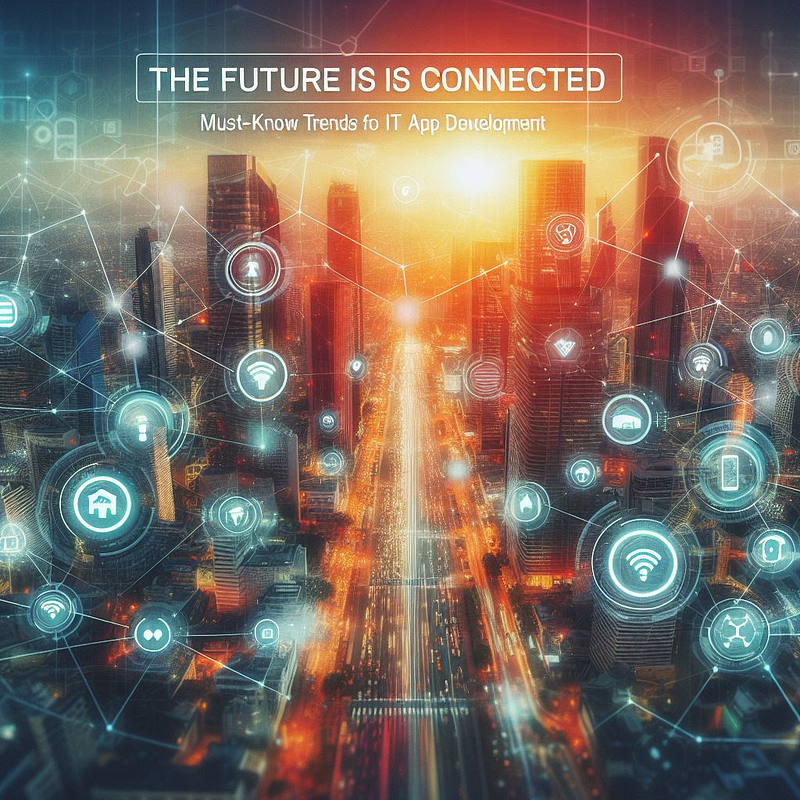

The Internet of Things (IoT), a network of physical objects embedded with sensors, software, and other technologies, is rapidly transforming our world.

Introduction
The Internet of Things (IoT), a network of physical objects embedded with sensors, software, and other technologies, is rapidly transforming our world. These connected devices collect and exchange data, enabling us to interact with our surroundings in unprecedented ways. From smart homes and intelligent cities to connected factories and wearables, the IoT’s significance lies in its ability to automate tasks, improve efficiency, and enhance our overall experience.
In this interconnected world, IoT app development plays a crucial role in harnessing the power of these devices. These applications act as the bridge, providing users with control, access to data, and the ability to interact with their connected devices seamlessly. As the IoT ecosystem continues to evolve, staying informed about the latest trends in IoT app development is essential for businesses and individuals alike.
One of the most significant trends in IoT app development is the rise of edge computing. This approach decentralizes data processing by placing computing resources closer to the source of data generation, the IoT devices themselves.
Edge computing addresses these challenges by processing data locally on the IoT devices or gateway devices at the network’s edge. This offers several advantages for IoT app development:
The future of IoT app development is not just about connecting devices, but also about unlocking their intelligence through the integration of Artificial Intelligence (AI) and Machine Learning (ML). This powerful combination allows IoT apps to analyze data, gain insights, and make autonomous decisions, significantly enhancing device functionality and user experience.
Here’s how AI and ML are transforming IoT app development:
Examples of AI-powered IoT applications
1)Smart thermostats: Learn individual temperature preferences and adjust automatically, saving energy and improving comfort.
2)Connected agricultural equipment: Analyze soil conditions and weather data to optimize water usage and yield.
3)Predictive maintenance in manufacturing: Monitor performance data from machinery and predict potential issues to prevent downtime and optimize production efficiency.
As the IoT landscape expands, concerns regarding security and privacy are constantly evolving. The vast amount of data collected by IoT devices and the potential vulnerabilities within these interconnected systems make them prime targets for cyberattacks.
To ensure the security of IoT devices and data, best practices must be implemented during app development and throughout the device lifecycle:
Ready to explore the exciting world of IoT app development? Stay tuned for our upcoming blog posts where we delve deeper into specific trends and provide practical tips for getting started.” or “Do you have an innovative IoT app idea you want to bring to life? Contact us today to discuss your project and see how we can help.
